Unit 3
Graph theory
Question-1: Define Graph.
Sol.
A graph G is an ordered pair (V, E) where V is a non-empty set and E is the set of edges in which each element of E is assigned to a unique unordered pair of elements of V.
An element of a set E is generally denoted as- e = (v,u) where u, v ∈ V.
U and v are called the end vertices of edge e.
Question-2 Consider the graphs given below-


Check whether these graphs are same or not?
Sol.
As we can see that these graphs are not same because here  and
and  are not same since
are not same since  but a does not belongs to
but a does not belongs to  .
.
These two graphs look same but not equal.
We can draw these graphs as below-
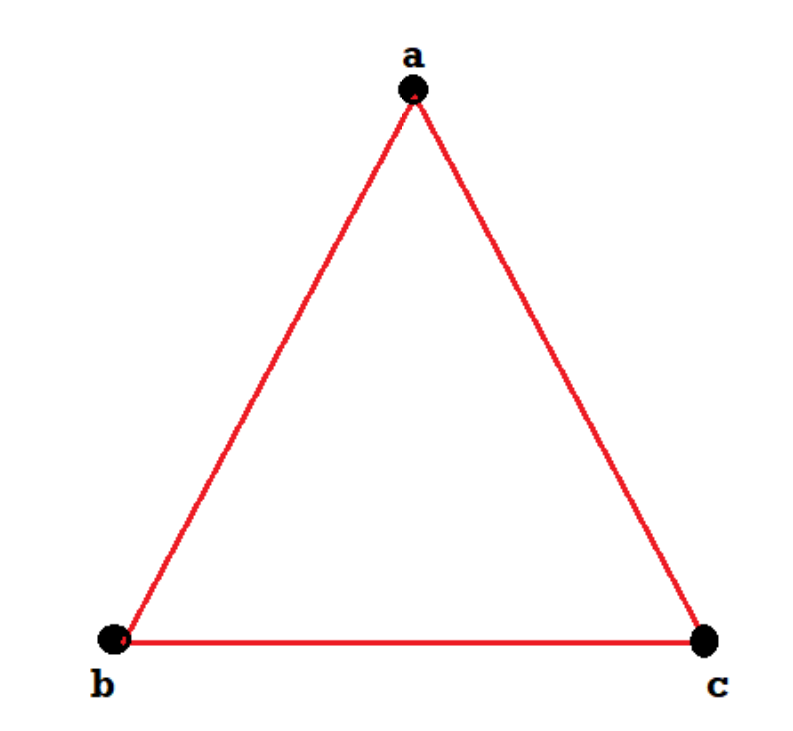
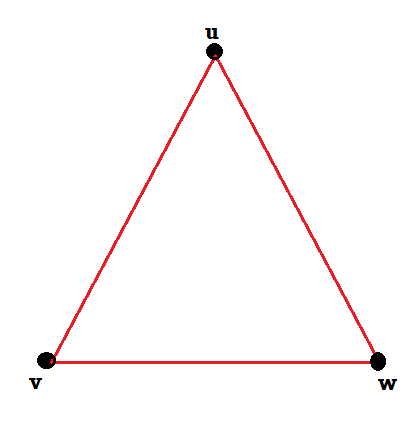
These types of graphs are known as isomorphic graph when they are same except for the name of vertices.
Question-3: What are weighted graphs?
Sol.
A graph G is said to be a weighted graph if each edge e of G is assigned a non-negative number w(e) called the weight of v.
The weighted graph is given below-

Question-4: Define sub-graph and isomorphic graph.
Sol.
sub-graph-
We can say that  is a sub-graph of G = (V, E), and write
is a sub-graph of G = (V, E), and write  provided
provided  .
.
We can say that  is an induced sub-graph of G = (V, E), provided
is an induced sub-graph of G = (V, E), provided  and every edge in E whose vertices are still in
and every edge in E whose vertices are still in  is also an edge in
is also an edge in  .
.
Isomorphic graphs-
Let  and
and  be two graphs. The graph
be two graphs. The graph  and
and  are said to be isomorphic if there is a bijective function
are said to be isomorphic if there is a bijective function  such that if u and v are end vertices of some edge e ∈
such that if u and v are end vertices of some edge e ∈  then
then  end vertices of
end vertices of 
Question-5: Define bipartile graph.
Sol.
A graph G(V, E) is said to be bipartite, if the vertex set V can be partitioned in to two non-empty disjoint subset  and
and  such that each edge is G had end vertex is
such that each edge is G had end vertex is  and other end vertex in
and other end vertex in 
There is no edge between two vertices of  as well as there is no edge between two vertices of
as well as there is no edge between two vertices of  .
.
Here  bipartition of V.
bipartition of V.
Question-6: What are Hamiltonian graph and Eulerian graph?
Sol.
Eulerian graph- A graph G is called an Eulerian grap
h if there exists a closed transversal trail, called an Eulerian trail.
Hamiltonian graph- A closed path that visits every vertex in G exactly once and if G admit a Hamiltonian circuit, then G is called Hamiltonian graph.
Note- An Eulerian circuit traverses every edge exactly once, but many repeats vertices.
While a Hamiltonian circuit visits each vertex exactly once but many repeats edges.
Following are the examples of Hamiltonian and Eulerian graph respectively-
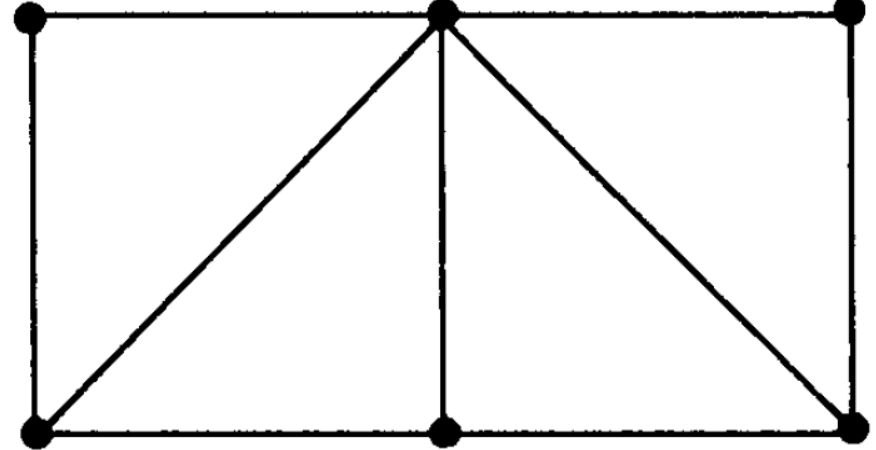

Question-7: Define planar graph.
Sol.
When a connected graph can be drawn without any edges crossing, it is called planar.
When a planar graph is drawn in this way it divides the plane into region called faces.
The following graph is a planar graph-

We can draw it like this-
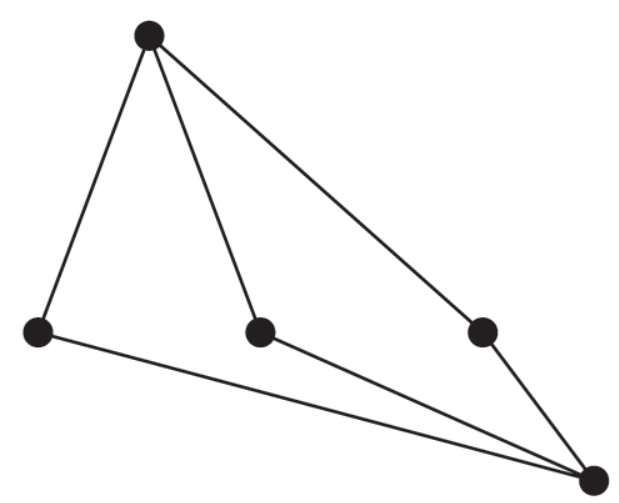
Euler’s formula for planar graph-
For any planar graph with v vertices, e edges and f faces, we have-

Question-8: Explain why every tree is a bipartite graph.
Solution.
To show that a graph is bipartite, we must divide the vertices into two sets A and B so that no two vertices in the same set are adjacent. Here is an algorithm that does just this.
Designate any vertex as the root. Put this vertex in set A. Now put all of the children of the root in set B. None of these children are adjacent (they are siblings), so we are good so far. Now put into A every child of every vertex in B (i.e., every grandchild of the root). Keep going until all vertices have been assigned one of the sets, alternating between A and B every “generation.” That is, a vertex is in set B if and only if it is the child of a vertex in set A.
Question-9: Define fundamental circuit.
Sol. Fundamental Circuits-
1. The addition of a chord to a spanning tree creates precisely one circuit.
2. The collection of these circuits w.r.t. a particular spanning tree is a set of fundamental circuits.
3. Any arbitrary circuit of the graph may be expressed as a linear combination of the fundamental circuits using the operation ringsum.
Examples:
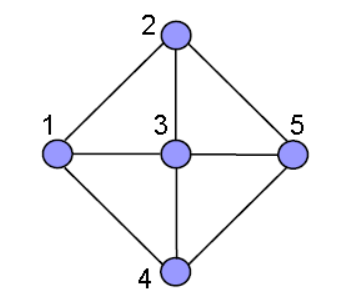
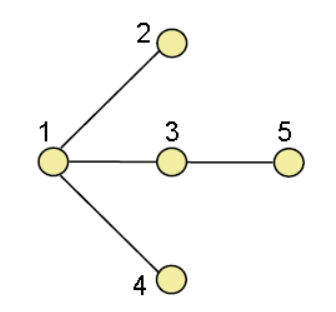
Circuit of G expressed with fundamental circuits-

Question-10: What are the applications of theory?
Sol.
Graph Theory is used in modelling and solving a lot of real world problems, games and puzzles. Here we discuss a very famous puzzle ” The Instant Insanity ” problem.
The goal of this post is to demonstrate that such complicated problem statements can be so easily modeled and solved using Graph Theory. Also I would like to build some more interest into Graph Theory.
The history of graph theory may be specifically traced to 1735, when the Swiss mathematician Euler solved the Konigsberg bridge problem.
The Konigsberg bridge problem was an old puzzle concerning the possibility of finding a path over every one of seven bridges that span a forked river flowing past an island—but without crossing any bridge twice. Euler argued that no such path exists. His proof involved only references to the physical arrangement of the bridges, but essentially he proved the first theorem in graph theory.